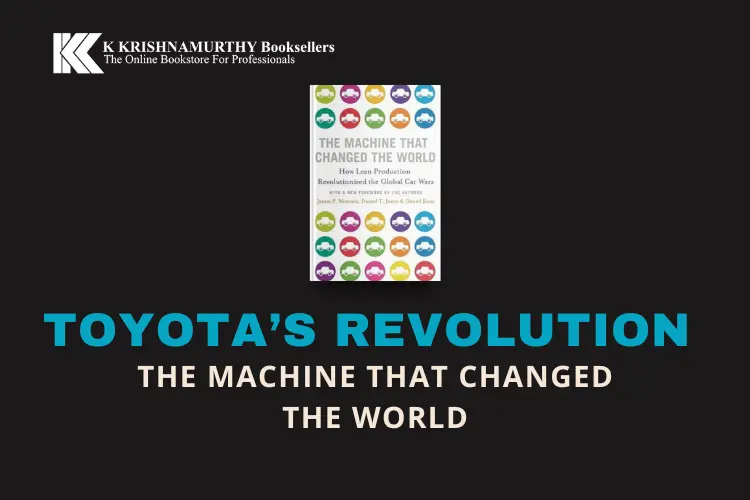The Machine That Changed the World is a groundbreaking book that has revolutionized the way businesses think about manufacturing and efficiency. Written by James P. Womack, Daniel T. Jones, and Daniel Roos, the book delves into the concept of lean production, a philosophy that originated at Toyota Motor Corporation.
At its core, lean production is about eliminating waste and maximizing value. It emphasizes continuous improvement, just-in-time inventory, and respect for people. The book compares the traditional mass production system, popularized by Henry Ford, with the lean production system, highlighting the advantages of the latter.
One of the key takeaways from “The Machine That Changed the World” is the importance of understanding the five wastes:
- Overproduction
- Waiting
- Transportation
- Processing
- Inventory
By identifying and eliminating these wastes, businesses can significantly improve their efficiency and reduce costs.
Another important concept introduced in the book is the concept of “pull” versus “push” production. In a “push” system, products are produced in anticipation of demand. In a “pull” system, products are only produced when there is a customer order. This helps to avoid overproduction and reduce inventory levels.
In addition to manufacturing, the principles of lean production can be applied to a variety of other organizations, like healthcare, education, and government. The book provides numerous examples of how companies have successfully implemented lean principles to improve their operations.
If you are interested in learning more about lean production and how it can help your business, “The Machine That Changed the World” is an essential read. You can get a copy of the book from KKbooks.

